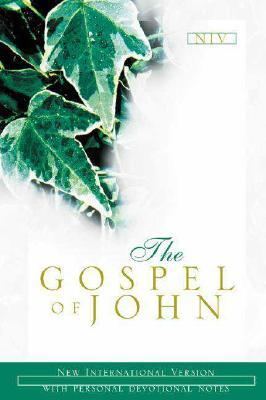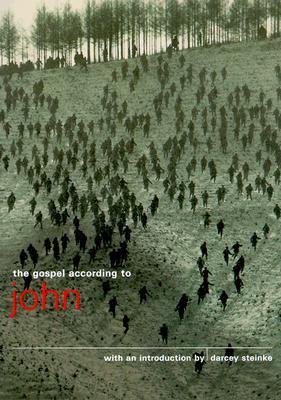|
The Gospel of John has a quality all of its own. It is a terrific gospel written, tradition tells us, by John, son of Zebedee, a "son of Thunder", the brother of James, around AD 85-90. This places the gospel after the destruction of the temple in AD 70, but before John's exile to the island of Patmos. Its scope is cosmic. It spans the time between the beginning of the world up until it was written and the promise of eternity. In a language that is poetic and beautiful, the Gospel of John is symbolised by an eagle because it is a gospel that soars high into the sky, grasping concepts of universal importance. Yet, John also pinpoints minutiae.
The Gospel of John is unique in that it goes against the Synoptics. It covers at least three Passovers, whereas the Gospels of Matthew, Mark and Luke only mention one. It contains the seven "I am" statements of Jesus: Bread of Life; the Light of the World; the Gate, the Good Shepherd; the Resurrection and the Life; the Way, the Truth and the Life; and the True Vine. John also mentions seven miracles or "signs": turning water into wine, healing the nobleman's son, curing the lame man, feeding 5000 people, walking on water, giving sight to the blind, and raising Lazarus from the dead. There are no parables in the Gospel of John because John wants to focus on the divinity of Jesus as the son of God, but also his humility and compassion. He was fully human and fully divine. John wrote after the other Gospels, so he not only provided a first-hand account because he was there at the time of Jesus, John also used material from the other gospels together with other sources. John writes after the fall of the Temple, which in effect was God’s house, so he writes to a people who were persecuted and rejected and whose faith was, in some respect, in tatters because of the destruction and the realisation that God was not there. He was giving them hope for the future. It is a good read. It is fast-paced and contains some great characters, for example, Nicodemus, the Samaritan woman at the well, the lame man by the pool, the adulterous woman, the blind man, and Lazarus, who rose from the dead. In some detail, John includes the journey of Jesus through Jerusalem, riding on a donkey to his death. He also records the resurrection and Jesus' activities after he rose. John finishes with this verse: "Jesus did many other things as well. If every one of them were written down, I suppose that even the whole world would not have room for the books that would be written." I commend this book because it is awe-inspiring and, if true, then why would you not believe that Jesus Christ came because "For God so loved the world that he gave his one and only Son, that whoever believes in him shall not perish but have eternal life." (John 3:16)
0 Comments
Your comment will be posted after it is approved.
Leave a Reply. |
©Copyright
We are happy for you to use any material found here, however, please acknowledge the source: www.gantshillurc.co.uk AuthorRev'd Martin Wheadon Archives
June 2024
Categories
All
|


 RSS Feed
RSS Feed